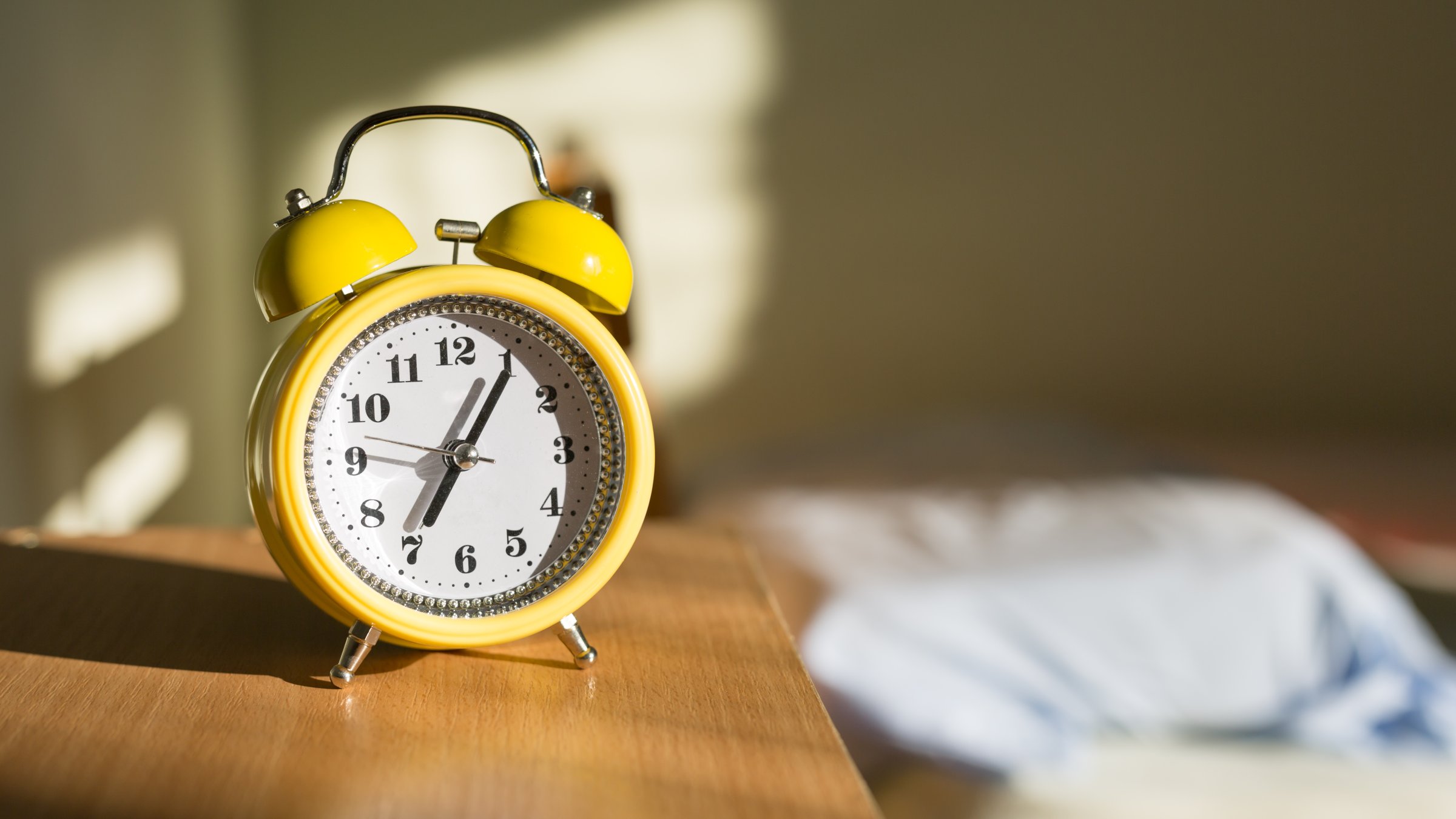
Some sleep problems are obvious: When you’re tossing and turning all night, or waking up every hour, it’s clear that something’s wrong. But sometimes, sleep quality can be more ambiguous. And until now, there weren’t any real guidelines to define what, exactly, good sleep really is.
That changed last month when the National Sleep Foundation published a first-of-its-kind set of sleep-quality recommendations in the journal Sleep Health. These guidelines, established by a panel of medical experts and based on a review of 277 previous studies, include several measures people can use to determine how well they’re really sleeping at night.
Sleep-medicine specialist Philip Gehrman, PhD, an assistant professor of psychiatry at the University of Pennsylvania, says these new guidelines can be helpful for anyone who’s wondered if their terrible night’s sleep was as bad as it seemed. “Not only will it help people know when their sleep is poor,” he says, “but sometimes people think they are bad sleepers when really they’re in the normal range.” (Gehrman was not involved in crafting the new guidelines.)
The recommendations determined “appropriate” and “inappropriate” ranges for several indicators of good sleep quality, including the time spent drifting off, number of times you wake up at night, time it takes for you to fall back asleep, and percentage of total time in bed spent snoozing. Based on those findings, here are the goals adults should aim for—plus advice from Gehrman on how achieve them.
You fall asleep in 30 minutes or less
If it takes you longer than half an hour to fall asleep at night, it’s likely for one of two reasons: “Either you’re going to bed too early for your internal clock, when you’re not physically and mentally ready for sleep,” says Gehrman, “or you’re engaging in activities that are too stimulating before bed.”
Lying awake is frustrating, he adds, and can lead to anxiety and continued sleep problems. To avoid it, reserve the hour before bed for relaxing activities—that means no work emails or computer time. If that doesn’t do the trick, try changing up your sleep schedule so you go to bed later, when you actually feel tired.
Health.com: What to Do If You Can’t Fall Asleep
You wake up—for five minutes or longer—no more than once a night
(For adults 65 and older, twice a night is appropriate, as well.) “If you wake up a few times and roll over and go right back to sleep, that’s no big deal,” says Gehrman. But if you suspect you’re waking up often because of a health issue, it’s worth talking to your doctor.
“It could be a sign of acid reflux, or eating too close to bedtime,” he says, “or it could be due to sleep apnea, or pain or discomfort.” If you can’t pinpoint an obvious cause—like your dog kicking while he’s dreaming, for example—mention it at your next checkup.
You fall back asleep within 20 minutes
(Older adults may take a little longer, up to 30 minutes.) “We usually have 10 or 15 minutes after waking up when our body is calm and relaxed,” says Gehrman. “But once you hit the point where you realize you’re not getting back to sleep, it can trigger a cascade of feeling more and more alert.”
When you hit the 20-minute mark, he says, get out of bed and do something relaxing—and preferably not TV- or computer-related—like reading a book, listening to a podcast, or coloring. It may seem counterintuitive, but the distraction could be what your brain needs to finally fall back asleep.
You’re asleep 85% of the time you spend in bed
If you follow the first three guidelines, this last one will likely take care of itself. But it’s a good overall reminder, says Gehrman, that the bedroom should be for two things only: sleep and sex. “Try to minimize the use of the bed for other activities,” he says, especially watching television, scrolling through your phone, or doing anything work-related.
The new guidelines have been endorsed by the American Association of Anatomists, American Academy of Neurology, American Physiological Society, Gerontological Society of America, Human Anatomy and Physiology Society, Society for Research on Biological Rhythms, Society for Research of Human Development, and Society for Women’s Health Research.
The authors say the recommendations can help both doctors and patients better define sleep health, and can also provide valuable context for the millions of consumers using commercial sleep trackers, as well.
Gehrman cautions against reading too much into sleep-tracker data, however. Sleep-tracking technology has been studied for years, and many research-grade devices are quite good, he says. But commercial products have little to no evidence to validate their accuracy, and several studies have shown they don’t work nearly as well as those used by scientists and sleep doctors.
“They can provide useful information, but they should always be taken with a grain of salt,” says Gehrman. When it comes to really understanding how well you’re sleeping, he says, how you feel—both while you’re in bed and during the day—should still be your most important indicator.
This article originally appeared on Health.com
More Must-Reads from TIME
- Cybersecurity Experts Are Sounding the Alarm on DOGE
- Meet the 2025 Women of the Year
- The Harsh Truth About Disability Inclusion
- Why Do More Young Adults Have Cancer?
- Colman Domingo Leads With Radical Love
- How to Get Better at Doing Things Alone
- Michelle Zauner Stares Down the Darkness
Contact us at letters@time.com